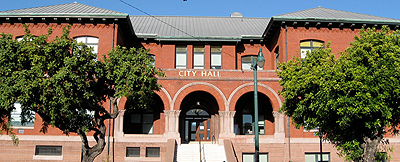Letter from City Manager to SunCal regarding ballot measure, November 18, 2009

[Response to SunCal's letter of October 19, 2009]
Table of Contents
1. Scope of Election Report
2. Regulatory Framework
3. Subsequent DDA Approval
4. Failure of Initiative and Effect on Maintenance of Base
5. Impact Fee Exactions and Exemptions
6. Public Benefits and Financing
7. $200 Million Public Benefit Cap
8. Fiscal Neutrality
9. Transfer of Rights
10. Environmental Impact Report
11. Impacts on Capital Budgets
12. Community Facilities District (CFD)
13. Infrastructure Studies
14. City Review of Safety, Accessibility and Regulatory Mandates before Accepting Public
Improvements
15. Use of Initiative as Place to Address Mitigation Measures
16. Geotechnical
17. Climate Change
18. Storm Drainage and Water Quality
19. Sanitary Sewer
20. Streets
21. Master Demolition, Infrastructure and Grading Plan
22. Affordable Housing Program
23. Provision of School Facilities
24. Economic Development
25. Environmental Remediation
| Attachment | Size |
|---|---|
| 1.04 MB |




